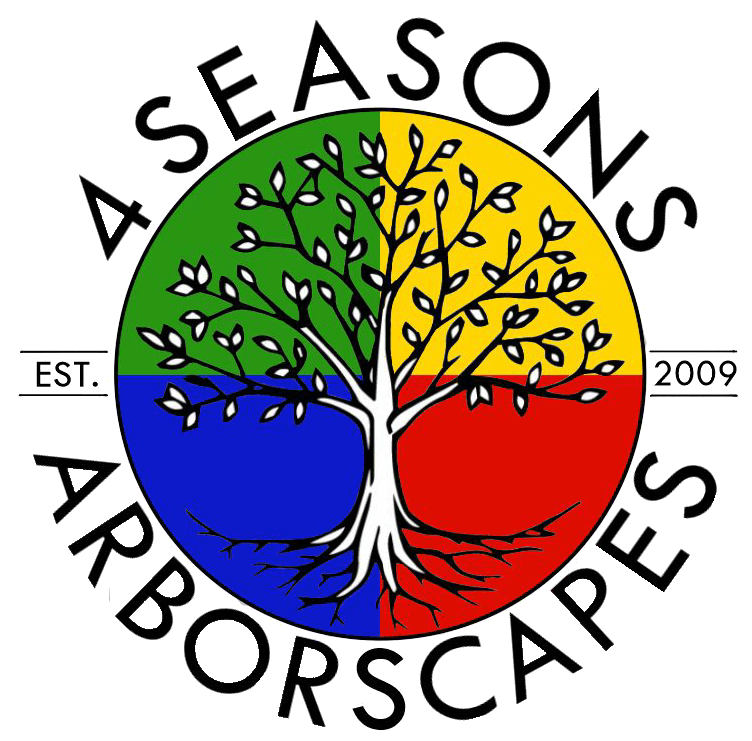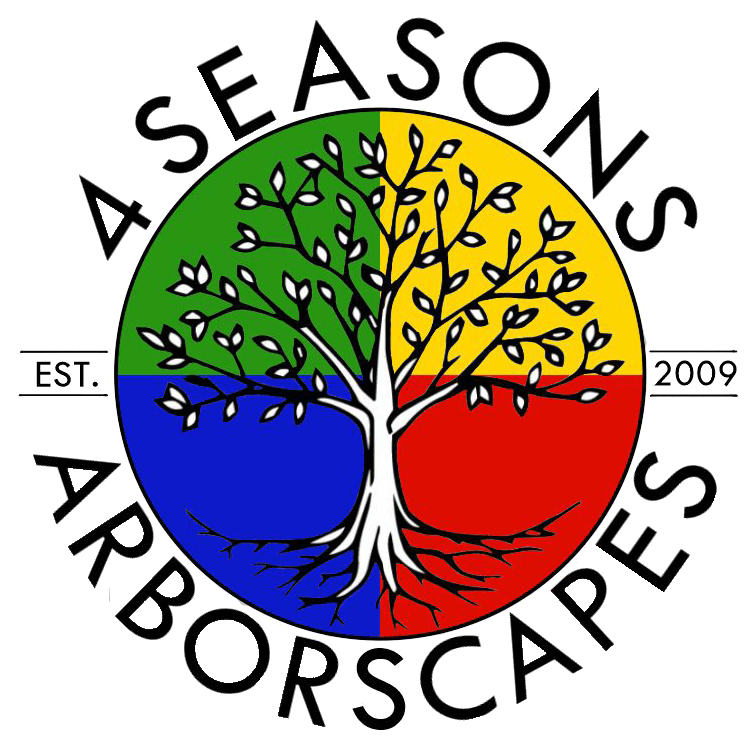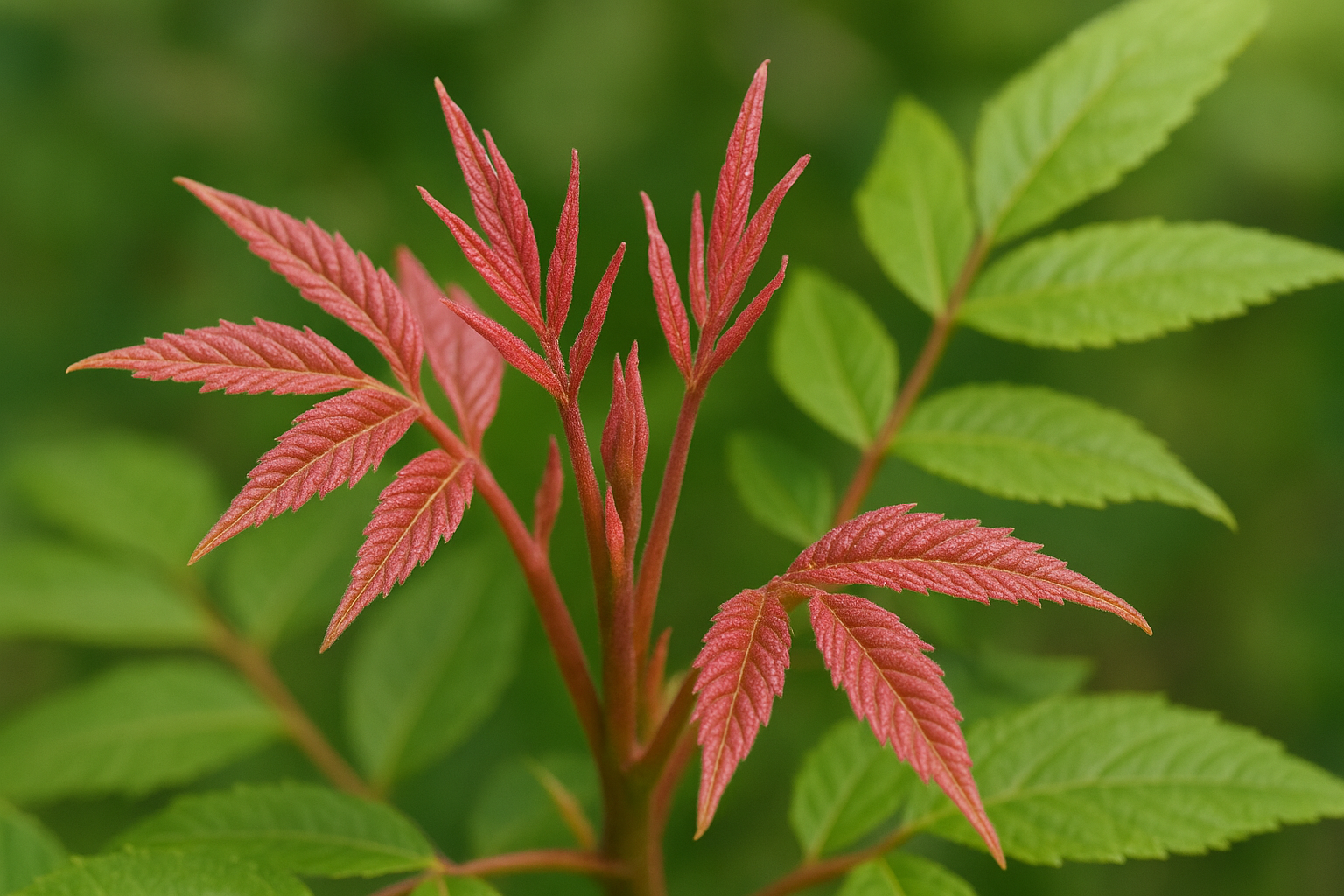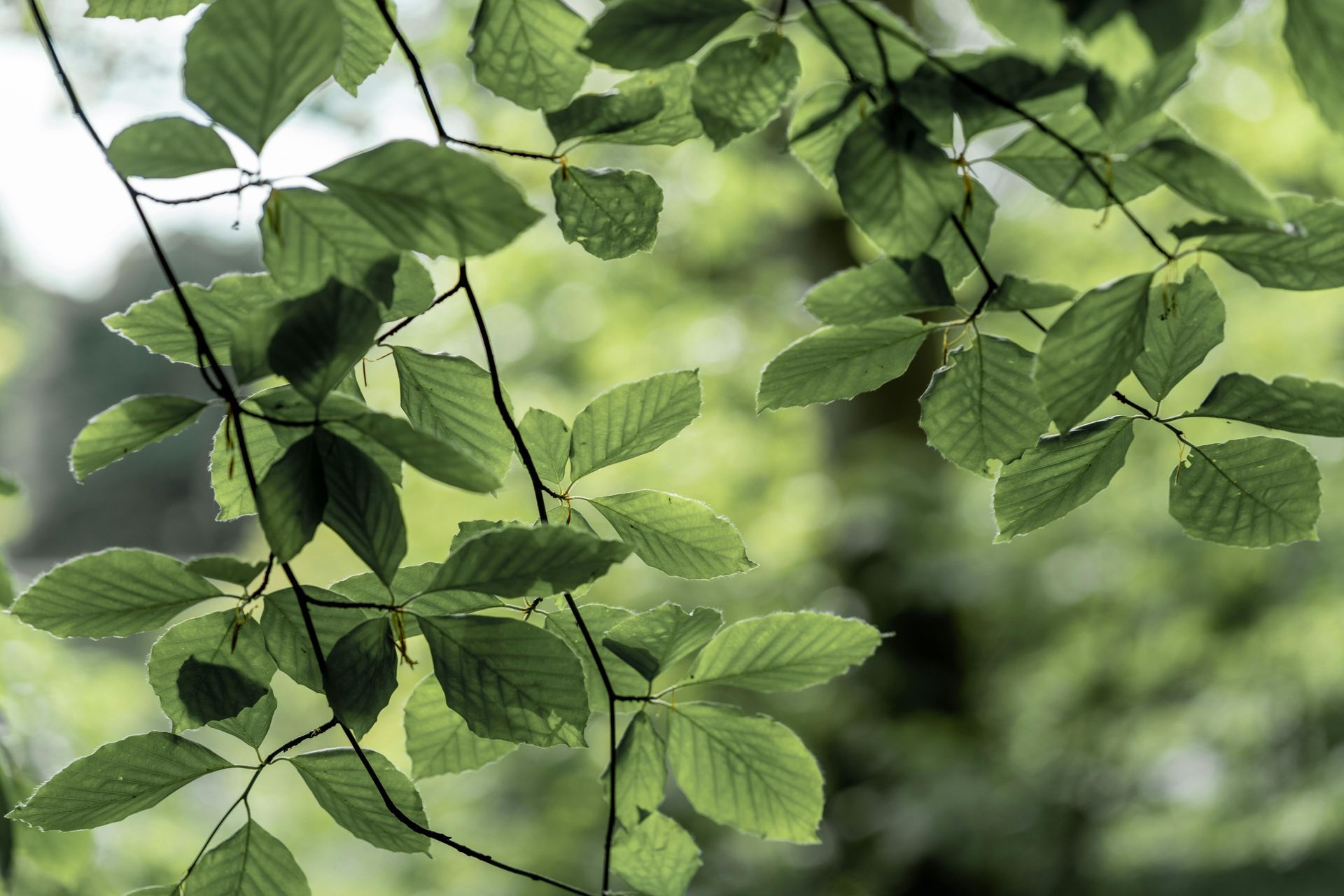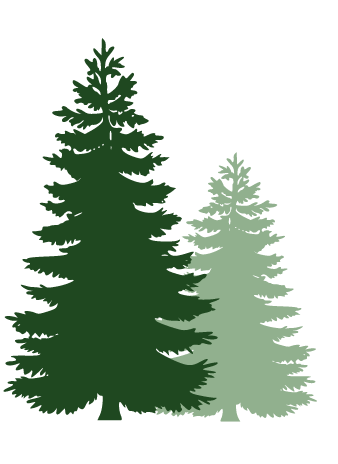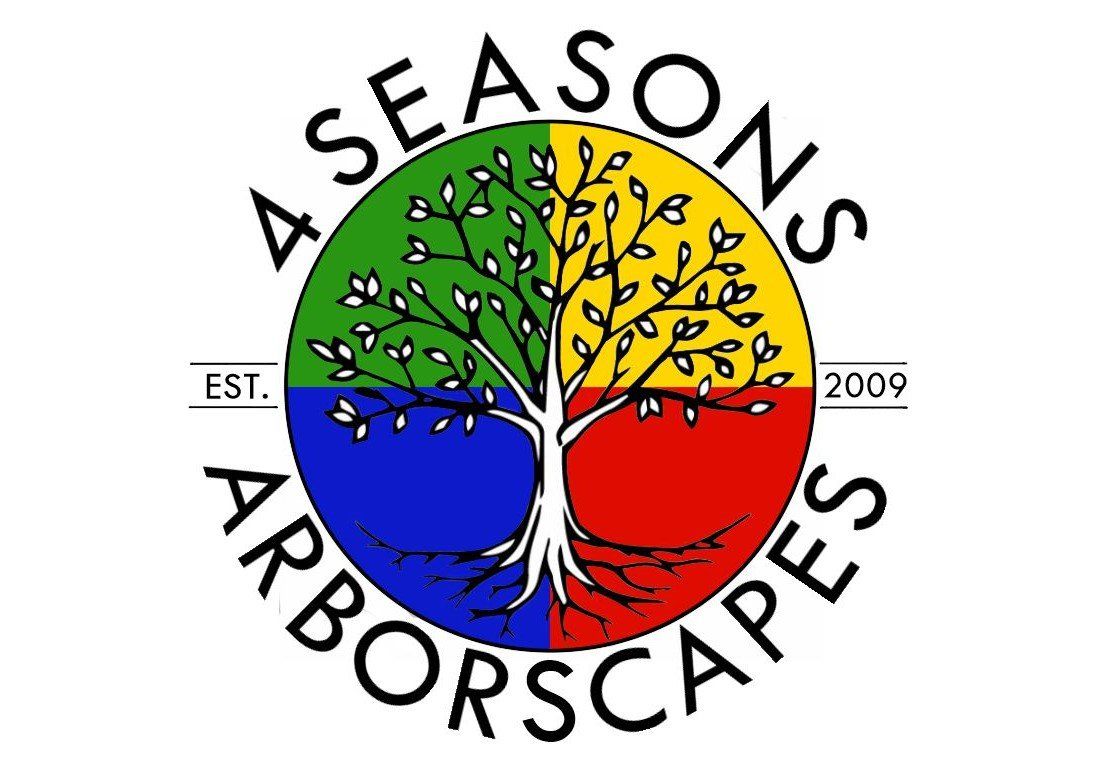Guide to Native Hemlock Tree Species
Overview of Hemlocks
Hemlocks are evergreen conifers belonging to the pine family (Pinaceae), with four species native to North America. These trees flourish in cool, moist environments and are commonly found in shaded forests, along rocky ridges, hillsides, and riverbanks. They prefer well-drained yet moist soil and regions with consistent rainfall.
While often cultivated for ornamental landscaping, hemlocks also play an essential ecological role. Their strong root systems help prevent erosion, particularly on slopes and near waterways. However, native populations face a serious threat from the invasive Hemlock Woolly Adelgid, an insect that feeds on tree sap and can cause significant decline or death if left untreated.
Fascinating Facts About Hemlock Trees
- Hemlocks take about 20 years to begin producing seeds. The small, winged seeds are adapted for wind dispersal, helping the species spread in suitable habitats.
- Large, hollow trunks of mature hemlocks often serve as shelters for black bears and other forest animals.
- When crushed, hemlock needles release an aroma similar to poison hemlock (a toxic herbaceous plant). Despite the name similarity, hemlock trees are not poisonous.
- Hemlock needles are rich in vitamin C and have been traditionally brewed into tea. This practice was common among the Iroquois and other Indigenous peoples.
- Their extensive root networks not only stabilize the soil but also make hemlocks valuable in erosion control efforts.
- Hemlock wood is widely used in construction and interior applications such as roofing, flooring, paneling, and furniture.
- Oil extracted from the needles is used in the fragrance industry.
- The bark contains tannic acid, historically used in leather tanning.
- Native American tribes used the bark for weaving baskets and created natural dyes from various tree parts for wool and textiles.
- In undisturbed environments, hemlock trees can live for 400 to 800 years, making them one of the longer-lived conifers in North American forests.
Four Hemlock Species Native to the U.S.
Eastern Hemlock (Tsuga canadensis)
The Eastern hemlock is a majestic evergreen conifer native to the eastern United States and Canada. Its natural range stretches from Nova Scotia and southern Quebec west to Minnesota, and south through the Appalachian Mountains to northern Alabama and Georgia. Thriving in cool, moist environments with acidic, well-draining soil, this tree prefers shaded areas and does not tolerate drought well.
Eastern hemlocks play a critical ecological role. They provide shelter and habitat for over 120 species of wildlife, including black bears, bobcats, white-tailed deer, martens, snowshoe hares, red squirrels, porcupines, and several species of woodpeckers. Their dense, year-round foliage offers protection and nesting sites for birds and small mammals, making them vital components of forest ecosystems.
Visually, the Eastern hemlock is admired for its graceful form and rich green needles, making it a popular choice for ornamental planting in home landscapes. It typically grows to a height of 40 to 100 feet, with a broad conical shape, a straight trunk, and gently drooping branch tips. The flat needles are green on top with two distinctive white bands underneath, and the tree retains its foliage year-round. Small, woody cones hang freely (pendulous) from the branches, adding to its decorative appeal.
As the tree matures, its bark changes from smooth and dark to a rougher, cinnamon-brown surface with ridged plates. Beyond its beauty and ecological importance, the Eastern hemlock holds cultural significance—it is the official
state tree of Pennsylvania.
Western or Pacific Hemlock (Tsuga heterophylla)
The Western hemlock, also known as Pacific hemlock, is a towering evergreen native to the west coast of North America. Its natural range extends from southern Alaska down through coastal British Columbia, Washington, Oregon, and into northern California. It also thrives in parts of the Rocky Mountains, including southeastern British Columbia, northern Idaho, and southwestern Montana.
This species is easily recognized by its graceful appearance—its drooping new growth and feathery, down-sweeping branches give it a soft, elegant silhouette. Uniquely, the flexible top of the tree often bends away from prevailing winds, a characteristic adaptation to its damp, coastal habitat.
Western hemlocks prefer moist, nutrient-rich soil and require high levels of water to thrive. They do not tolerate long dry spells or extreme heat, making them well-suited to the cool, wet climates of the Pacific Northwest.
Growing to impressive heights of 165 to 230 feet, these trees feature a narrow crown and are often used in parks and urban landscaping as stately avenue trees. Their ecological role is significant as well: they provide essential food sources for wildlife. Deer and elk browse on their foliage, while their small brown cones offer seeds for chickadees, pine siskins, and deer mice.
The Western hemlock also has substantial commercial value. It is widely harvested for wood pulp and lumber, thanks to its abundance and straight, tall form. Its bark is grayish-brown, scaly, and deeply fissured, while its flat needles are spirally arranged in varying sizes along the same stem—one of its most identifiable traits.
Mountain Hemlock (Tsuga mertensiana)
The Mountain hemlock is a striking conifer native to the high-altitude regions of the Pacific Coast of North America. Found in alpine and subalpine zones, it thrives in cool, moist environments and is well adapted to endure the long, snowy winters of mountainous terrain.
Visually, the Mountain hemlock is known for its elegant, conical crown, dense silver-green to bluish foliage, and gracefully spreading branches. Its needles are arranged in dense clusters around the stem, giving a soft, bottle-brush appearance. The tree often features a slightly tilted leading shoot, adding character to its distinctive form.
These trees are built for survival in harsh conditions. Their flexible trunks and upward-curving branch tips allow them to withstand heavy snow loads without snapping—an essential adaptation for life at high elevations.
Mountain hemlocks are also ecologically valuable. Their seed cones, which start off purple and mature to grayish brown, provide food for squirrels, while grouse browse on the buds and foliage. This makes the Mountain hemlock a key food source for alpine wildlife.
Typically growing between 30 and 100 feet tall, they exhibit grayish-black to reddish-brown bark that becomes fissured and scaly with age. While mature trees are commonly found in the wild, younger Mountain hemlocks can be pruned and shaped into hedges, offering an attractive, structured option for ornamental landscaping.
Though hardy in cold weather, these trees do not tolerate heat and are best suited to areas with cool summers and ample moisture.
Carolina Hemlock (Tsuga caroliniana)
The Carolina hemlock is a rare and distinctive conifer native to the southern Appalachian Mountains, primarily found on rocky ridges and cliffs in western North Carolina, northeastern Tennessee, and parts of southwestern Virginia. Though less common than its eastern cousin, this species adds subtle beauty to the rugged southern landscape with its sparse yet shaggy green branches and unique form.
Growing between 30 and 70 feet tall, the Carolina hemlock features stout, usually horizontal branches that may slightly droop at the tips. Its needles are broad, flat, and radiate in all directions from the twigs, giving it a more rounded appearance compared to other hemlock species. When crushed, the needles release a distinct citrus-like scent, reminiscent of tangerine.
The bark is thick, reddish-brown, and becomes fissured with age, forming scaly ridges. Cones are initially long and green, maturing to a light or medium brown approximately 6–7 months after pollination.
This species plays an important ecological role despite its rarity. Its seeds provide nourishment for birds and small mammals, while rabbits have been observed feeding on its bark. Like other hemlocks, the Carolina hemlock offers shelter to wildlife during rain and snow, contributing to the forest's overall biodiversity.
Although it is not widely used for timber, the Carolina hemlock is prized as an ornamental tree—particularly valued for screening and landscape design in partially shaded areas. It prefers moist, well-draining soil, cool temperatures, and consistent water, making it ideal for shaded, sheltered locations.
Check out the latest:
